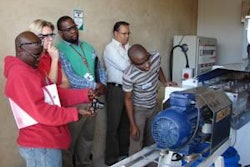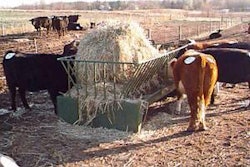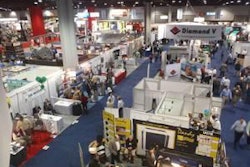U.S. feedlots bought 1.521 million head of young cattle in April, down 15 percent from April 2011’s 1.785 million head, due to lower availability and improved pasture conditions that allowed cattle to remain on grazing areas, according to the U.S. Department of Agriculture.
The feedlot herd totaled 11.11 million as of May 1, down 0.6 percent from 2011 numbers. Analysts had expected a 0.3 percent gain. The U.S. cattle herd had been the smallest since 1952 as of Jan. 1 as a drought in the South scorched pastures, causing ranchers to cull herds and sell animals to feedlots earlier than normal. Ranchers sold more cattle in February, November, September, June and July than in the same months in 2011.
“Feedlot placements are falling off like a stone due to poor feedlot profitability, but more importantly, because of a lack of available cattle to put on feed,” said Troy Vetterkind, the owner of Vetterkind Cattle Brokerage. “This is bringing our total on-feed population even with a year ago and is going to be pretty supply-friendly for the third and fourth quarter of this year.”















